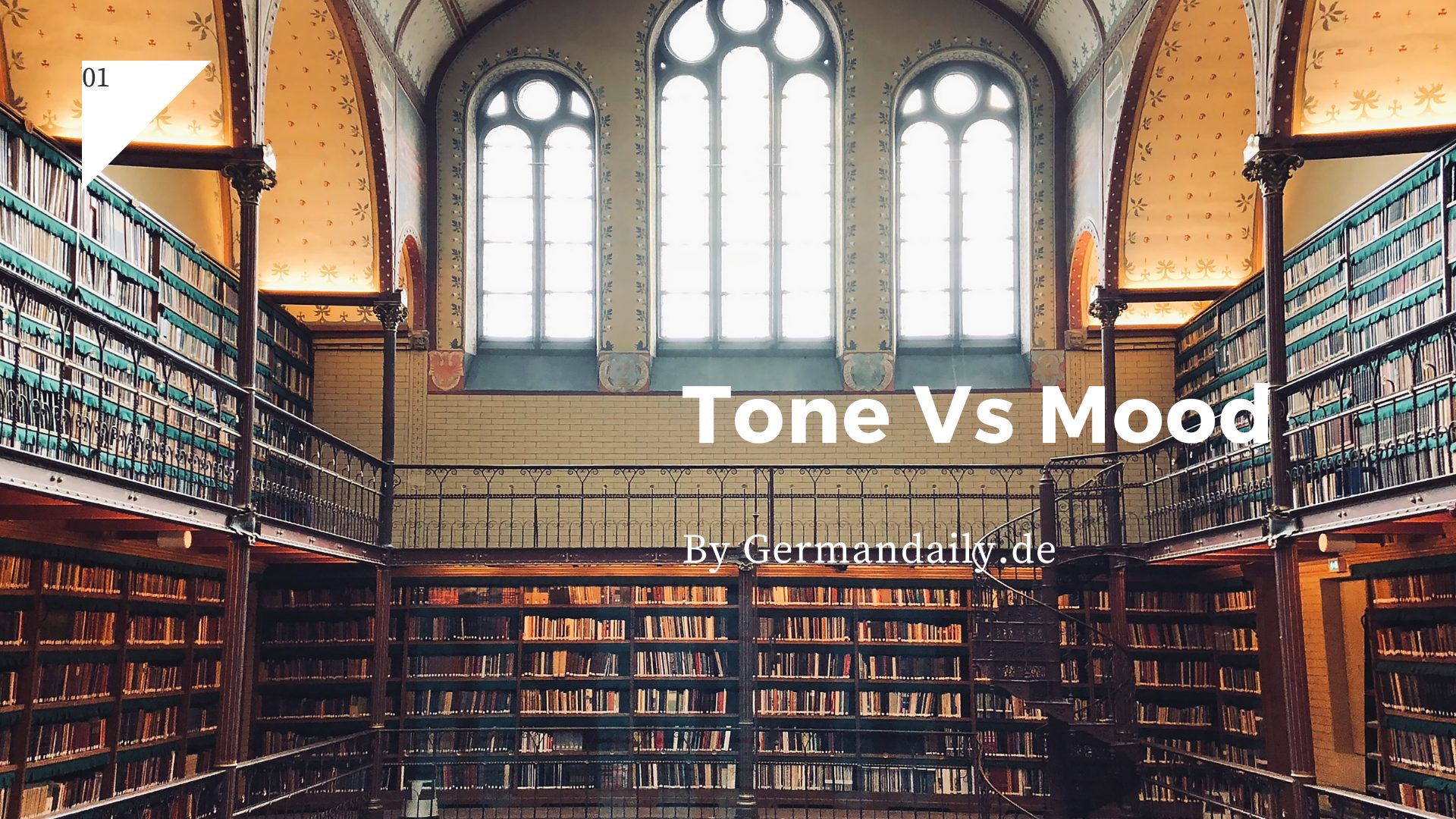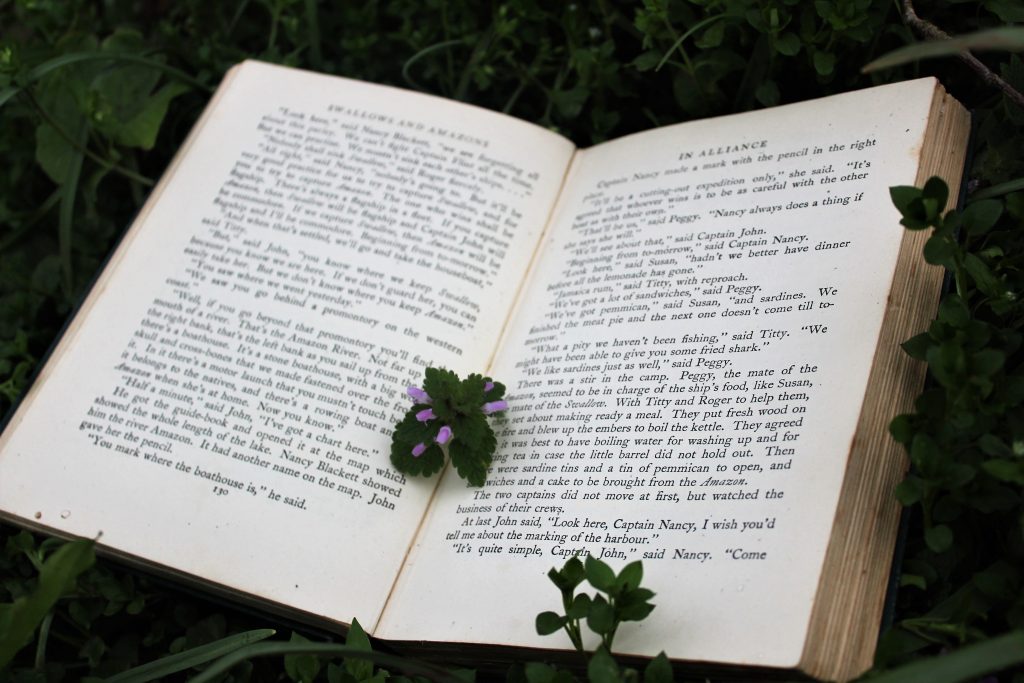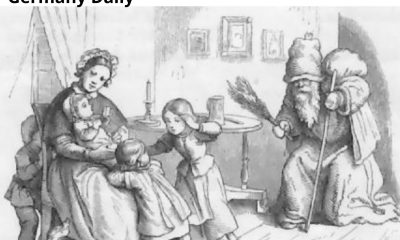Tone Vs Mood: What is the difference

Tone and mood in literacy are seen as a poecilonym to each other, which is absolutely wrong, and for that, we need to do a Tone Vs Mood in this article, so stay tuned and keep reading.
Tone vs Mood: Difference between the two

What is tone and mood?
Tone and mood are fundamentally different things and as a student of literature, knowing the difference between them is vital.
Tone Are Author’s Feelings
Tone refers to an author’s feelings or personal bias towards a character or a subject matter. Like when we speak, our tone can reflect what our feelings are. It can exhibit anger, happiness, and confusion, etc. The same is the case with tone in writing. When you write, you can use tone words like sarcastic, heavy-hearted, or gleeful to convey your personal view about the characters.
Mood Is an Environment
The mood is not related to the author’s feelings towards a character it is more concerned about the atmosphere the author has created. Your tone about a character can be gleeful, but the atmosphere you create can be gloomy. For this literacy, apparatus like Allegory, Allusion, and cliffhanger are used. It is an excellent tool for the author to express a range of emotions in an uncoupled environment.
Tone and mood in detail

A detail look
The tone vs mood debate will be made more clear by teaching you how to use them.
What is Tone?
It is essential to deploy the right tone at the correct time to make your audience feel what you are trying to communicate.
Mastering the art of tone will help you become a better writer, and it can be used in a formal situation like an email or in an informal text conversation; it makes your writing more attractive.
The key to having the right tone can be seen from this example. Imagine your father texts you, “Do you have few minutes to talk to me?” in comparison to “Are you up for a late-night chat.” It just gives different vibes, and surely you will be more comfortable if you receive the latter text.
Types of tones
The tone is the product of the emotions of the author. With two examples, we will explain it to you:
- Gleeful: I couldn’t hide my excitement when I heard the news of him getting married.
- Sorrowful: I couldn’t hide the wrenched feeling of my heart when I heard the news of him getting married.
As you can see from the above examples, that the wordings can be articulated to convey a range of emotions for a subject matter. Here the subject matter was the wedding of a guy, you can gleefully express your personal emotions about it as a writer in a pleasant way or you can ship grief.
What Is Mood?
The mood is related to the atmosphere, and using the word atmosphere interchangeably with mood isn’t a bad idea. The mood is an essential component that is incomplete without the tone; they both are simultaneously used to create feelings in the audience.
When writing a script for a movie, the writer has to consider using mood very carefully. For example, you are watching a romantic movie, the feelings or the tone the author wants to convey is done through the characters’ words, but the mood is set by a romantic melody in the background, which influences the audience and creates a lovey-dovey state in their mind.
In the end, though, this depends on the perception of the audience. How we perceive things is very different for each individual. The writer might be deploying a romantic situation, but the audience might be brought up in a culture-bound syndrome that perceives it as funny or horrific, so to evoke emotions you need to know your target audience and then use the mood.
Types of moods
- Depressing
- Scary
- Passionate
- Action
- Dreary
- Romantic
How to use literacy apparatus for mood
Setting
The setting shows where the scene is taking place; for example, Mad Max is a post-apocalyptic world where the aim is survival using cars, on the other hand, Barnie is a tv show where the atmosphere is such that many consider it their happy place.
Imagery
Imagery in easy words, is describing the corporeal things in the atmosphere you created in the setting. A poem like a twinkle twinkle little star describes the stars as something cheerful while a poem about a star falling on the earth, eliminating humanity will be described in a way that instills fear in the mind of the reader.
Tone
We discussed earlier that tone is a different thing than the mood but it can’t be separated as both work together to help the author convey himself and create the whole story in the mind of the audience.
Diction
Diction means the use of synonyms or using words that mean the same thing but convey a different message altogether. For example, Let’s make love and Let’s maketh loveth both mean the same thing but the atmosphere each creates is different. One makes you seem like you are in the present while the other takes you to the time of Shakespeare.
Conclusion
You can see that there a Mood Vs Tone and rightfully so, as both are essentially different from each other but the usage of both depends on each other and you can’t separate them apart. If you want to produce a clear image from your head in front of the audience, then the skill of linking tone with mood while knowing that both are not the same thing is the best way to create value with your writing.
Tone vs Mood has now been updated.
-
Culture3 years ago
Viking Braids: Styles, Ideas and Method for Men and Women
-
Culture3 years ago
Cultural Integration: Definition, Examples, And Benefits
-
Culture3 years ago
Carmen Winstead: Full Story About the Terrorized 17 Year Old Girl
-
Fitness3 years ago
Best Royal Rumble Matches In WWE History
-
Culture3 years ago
Germany or Sweden: Which is Better For Lifestyle And Why
-
Culture3 years ago
German Mythological Creatures from German Folklore
-
Culture3 years ago
Health Triangle: Everything You Need To Know About it
-
Culture3 years ago
10 Best Examples Of Folk Culture




















